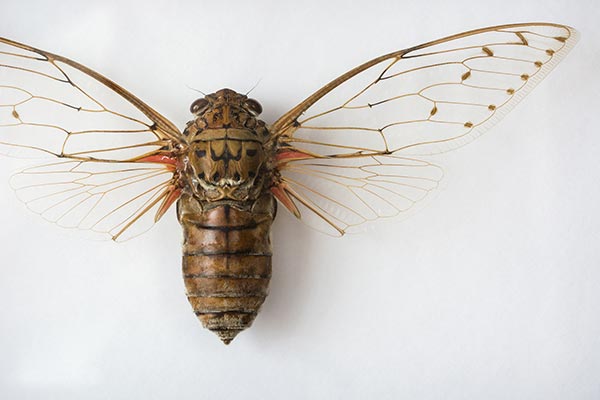Pre-hatch communication: Unhatched bird embryos can communicate to each other through vibrations
04/16/2020 / By Arsenio Toledo

Studies have found out that birds can communicate even while they’re still in their eggs. The research found that eggs of yellow-legged gulls have a “sophisticated” sense of awareness.
The study, which was conducted by two researchers from the University of Vigo (UVigo) in the northwestern Spanish region of Galicia, found that the eggs were able to hear warning squawks from adult gulls. Once they hear these warnings, they will delay hatching because of the immediate threat.
Furthermore, eggs who have heard the warning can pass on the message to other eggs by vibrating.
Adult predator alarm calls were played for the gull eggs
This research shows that, unlike placental mammals, birds can adapt to their environment even before they hatch.
The researchers, Jose Noguera and Alberto Velando of UVigo’s Department of Ecology and Animal Biology, collected around 90 wild gull eggs from a breeding colony on Salvora Island off the western coast of Galicia.
These eggs were divided into clutches of three eggs each and placed in incubators. Half of the eggs were assigned to be part of the control group, while the other half were assigned to the experimental group.
At the beginning of the experiment, two eggs from each clutch were marked. These eggs were removed four times a day from their incubators and placed in a soundproof box. This box played adult predator alarm calls if the eggs were from the experimental group. No sound was played if the eggs were from the control group.
The eggs were then placed back in the incubators, in physical contact with the unmarked egg that remained behind. The experiment showed that the eggs that had been exposed to the warning squawks vibrated a lot more in the incubator than the control eggs.
Velando and Noguera found that the eggs from the experimental group took longer to hatch than the control group, and when the eggs finally hatched, all three of the chicks from the experimental clutches showed similar developmental changes. Compared to the control birds, the experimental birds made less noise and were crouching a lot more. This, the researchers concluded, was defensive behavior that baby gulls usually made in response to adult alarm cries. (Related: Unique study concludes that migratory birds move away from diseases to raise their young.)
What puzzled Velando and Noguera was how this behavior was also present in the unmarked baby gulls, which weren’t exposed to the warning squawks, suggesting that “the vibrations from their siblings were the source of this information.”
Furthermore, Velando and Noguera noted that the developmental changes in the experimental baby gulls include higher levels of stress hormones, fewer copies of mitochondrial DNA per cell and shorter legs. While this indicated that the birds were able to respond to danger better, it came at a “cost of a reduced cellular capacity of energy production and growth.”
Their statistical analyses further showed that these developmental differences can’t be attributed to the longer incubation periods of the experimental eggs, which makes it likely that the unhatched baby gulls were communicating with each other via the vibrations that Velando and Noguera witnessed.
The researchers hope that future studies will be done on the subject, and that the researchers will focus on how developing embryos can use social information to favorably adapt to adverse environmental or social conditions.
Sources include:
Tagged Under: animals, birds, danger, discoveries, embryo, environment, gull eggs, research, unhatched eggs, vibrations, warning calls, wildlife
RECENT NEWS & ARTICLES
COPYRIGHT © 2017 DISCOVERIES NEWS



















